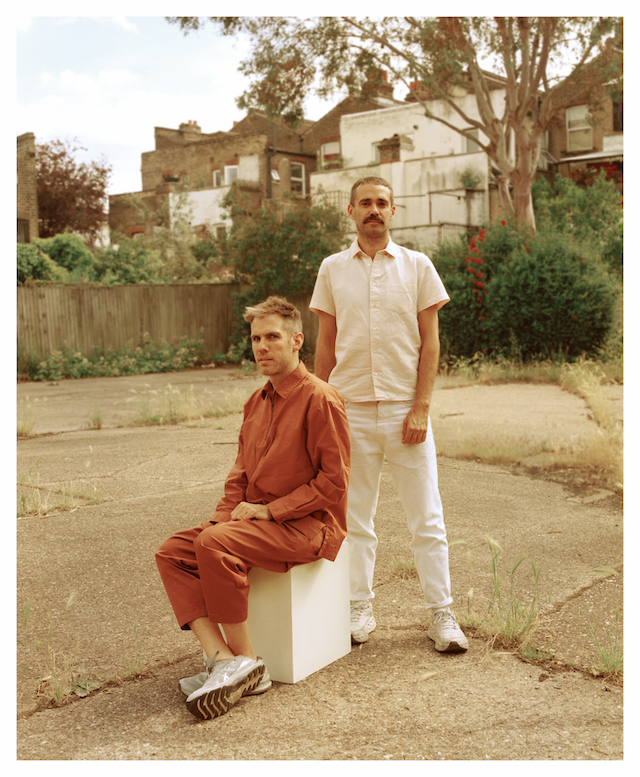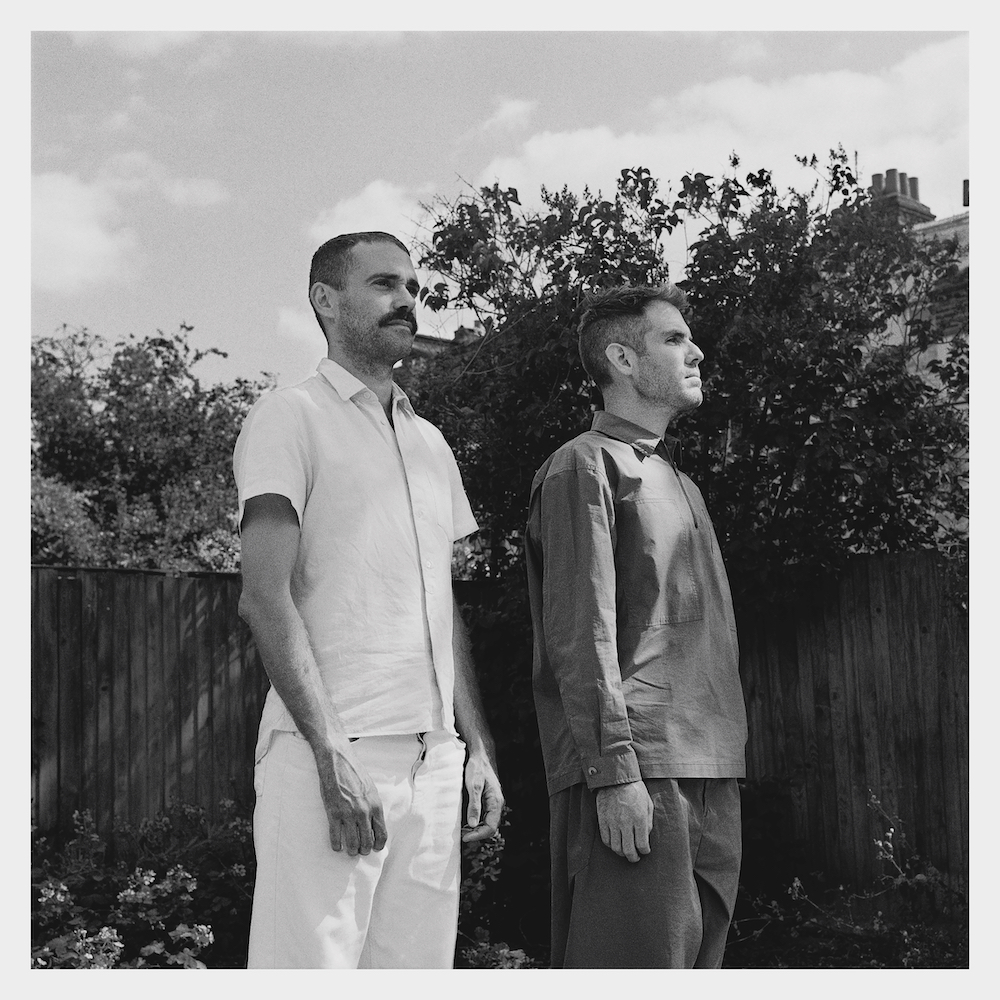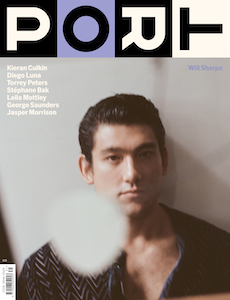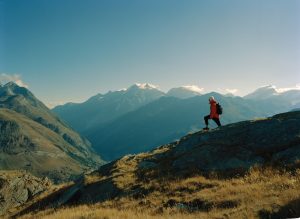Practicing ecology with Cooking Sections

Muhallebici – pudding shops named after an Ottoman speciality of shredded chicken thickened with rice water, sprinkled in sugar and rose water – serve profiteroles, baklava, sütlaç (rice pudding, with a burnt top), and kaymak (a rolled, sour, clotted cream) throughout Istanbul. They are traditionally made with buffalo milk, which has a consistency more akin to cream than cow’s milk, making for full flavour, rich puddings. The use of buffalo milk in Turkey has declined due to the complexity and cost of keeping water buffalo, as their habitat is compromised by urban development. As part of their research for ‘Climavore: Seasons Made to Drift’ – an exhibition and public programme that considered how to eat as humans change the climate, shown at Istanbul art institution SALT – spatial practitioners Cooking Sections (Daniel Fernández Pascual and Alon Schwabe) looked into the disappearance of the wetlands in the north of Istanbul, which had been home to water buffalo since they migrated with Bulgarian herders during the Ottoman period. “We wondered: What could be an interesting move to protect the wetlands as free roaming space for buffalo? And for the herders, who have been taking care of them for centuries.”
The wetlands were formed among the ruins of abandoned coal mines, in flooded pits that became wallows for water buffalo to rest while roaming the landscape. Now the land has been reclassified for real estate, and the wetlands drained. “There has been a cultural shift in the perception and understanding of how traditional dishes like sütlaç or kaymak are made, and how they need the free roaming of buffalo for the production of milk, and for the ecosystem to function.” Cooking Sections met with buffalo herders, and dug a new wallow along a stream, turning the extracted clay into pots for sütlaç and yoghurt. They collaborated with muhallebici, serving buffalo milk dishes (in some cases from the 1,000 pots made with ceramicist Başak Gökalsın), introduced buffalo milk to the curriculum at the Culinary Arts Academy, and produced a new edition of mapping project Between Two Seas, charting the network of buffalo wallows. “We were looking into different, or new possible seasons that are emerging in the Anthropocene,” says Cooking Sections. “Over the last few years, we have been working on what it would mean if instead of the four seasons in Europe, we identified new seasons in action; periods of drought, periods of flash floods, or alterations to the sea shore, which are non-sequential yet repetitive and underpin contemporary food infrastructure and eating habits.”
For this year’s Istanbul Biennial, Cooking Sections elaborated on their research in Wallowland, a project that seeks to preserve the wetlands, and highlight the cultural and ecological role of water buffalo. “It manifested in two ways, as a series of metabolic surveys, for which we commissioned experts to help us understand the digestive or metabolic relationships between buffalo, and other ecologies – the birds interacting with buffalo on the wetlands, the struggles and dependencies within the context of drought, the grasses, and songs about buffalo written in Turkish, Kurdish, and Bulgarian. These studies will manifest as an installation in Istanbul’s Beyoğlu district, and as a manda festivali (buffalo festival) – the first edition of what will be an annual event – which took place in the outskirts of the city, celebrating these interactions.” Visitors enjoyed performances, cooking demonstrations, research presentations, and an ‘open house’ led by the herders, “almost like a field work day”.
Cooking Sections are known for their ability to communicate the complex narratives and systems that organise the world through familiar settings involving food. Their first collaboration, with Forensic Architecture, Modelling Kivalina, The Coming Storm, took place above the Arctic Circle on the northwest coast of Alaska and sought to support the people of Kivalina, an Iñupiaq village on the frontier of the climate emergency. “Their food practices organised a lot of the yearly cycles. As the climate changes, it postpones the formation of sea ice, and exposes the shore to storms, changes the terrain, and impacts the seasons.” Cooking Sections interviewed village residents, scientists, and political representatives, making a film and a series of models, seeking to produce a new negotiation platform supporting residents in their fight for oil and gas companies to contribute to their forced relocation costs, as the area became inhabitable. “Food becomes a lens that allows you to chart these places in transformation” says Cooking Sections. “It is also a practice that touches every living being of this planet. Food cuts across so many constructed strata of society, and between species. It becomes very effective.”

As their practice progresses, Cooking Sections have maintained their interest in the overlaps between art, architecture, ecology and geopolitics. This focus has formalised in their ongoing, site-responsive project CLIMAVORE, which has manifested as an exhibition in Istanbul; an installation and performance – of a dining table at low tide, and an oyster table at high tide – exploring the environmental impact of aquaculture on the intertidal zone at Bayfield on the Isle of Skye; a series of dishes served at museum restaurants across the UK, made with ingredients that improve soil and water quality, and cultivate marine habitats; a series of interventions and performances delving into a holistic health model for the human body, the bodies of mussels, and the body of the city of Los Angeles; and a “salmon trilogy”, exploring the gap between the appearance and the reality of salmon, and their inability to escape intensive farming.
Multi-year investigations have proved integral to Cooking Sections’ intention of practicing ecology, rather than discussing it for one project. “We have been on a big journey in the cultural sector, and there is a certain expectation to respond to the climate crisis. Raising awareness is important, but for us the growing question has been, ‘what does it mean to practice ecology?’ Not only for the duration of an exhibition, a biennial, or other inherited formats, which are in many ways counterintuitive to and ill-equipped for addressing these questions”, they note. “We are focused on how we can use the infrastructure available for us to develop ecological projects in a rooted way. That requires us to continue asking the same question, in order to go beyond the level of highlighting harmful or violent practices, and transform them, or develop alternatives to them. It is a process that takes a lot of time.”
While they tackle complex, intersecting issues, across a breadth of contexts and practices, Cooking Sections settle their work in familiar settings – a festival, a dining table, a shop – with a light touch that makes multi-scalar investigations accessible and enjoyable to interact with. “The way we work is we start looking into questions that we find relevant or, at least for us, urgent to address, and from there we start having conversations with people. As questions emerge, we think about how to communicate those messages to other people, or reformat them into a platform”. For Wallowland, alongside the studies and festival, Cooking Sections worked with muhallebici, serving buffalo milk sütlaç and kaymak: “We thought the format of the pudding shop was interesting, because it interacts with the street, and is in people’s imagination”. During their research, Cooking Sections found that only a few of Istanbul’s muhallebici still source buffalo milk from small-scale producers in the local area, and they wanted to convey the importance of local pudding shops supporting the ecology of the wetlands.
There is a long tradition of supportive ecology in Istanbul, with Ottoman bird pavilions – grand mosques and palaces in miniature – built high on the walls across the city; cat houses – made from wood or cardboard boxes – in parks or settled along alleyways; and bostan (communal urban allotments) for growing and sharing food, and maintaining soil for microbes, insects, and birds. Building and maintaining habitats for other species is thought to bring luck; the practice is also grounded in a belief in the importance of treating animals well, as we can’t ask for their forgiveness. The muhallebici support the herders, the water buffalo, the wetlands, the birds who gather there, the people savouring rice pudding and clotted cream in the afternoon heat, and the stray cats curling themselves around chair legs, purring until a prize spoonful is dolloped onto the floor. Caring for other species, and practicing ecology, is nothing new: “It has been common sense for centuries. It is just within cities that it has been forgotten.”
Photography Rachel Gordon

This article is taken from Port issue 31. To continue reading, buy the issue or subscribe here




